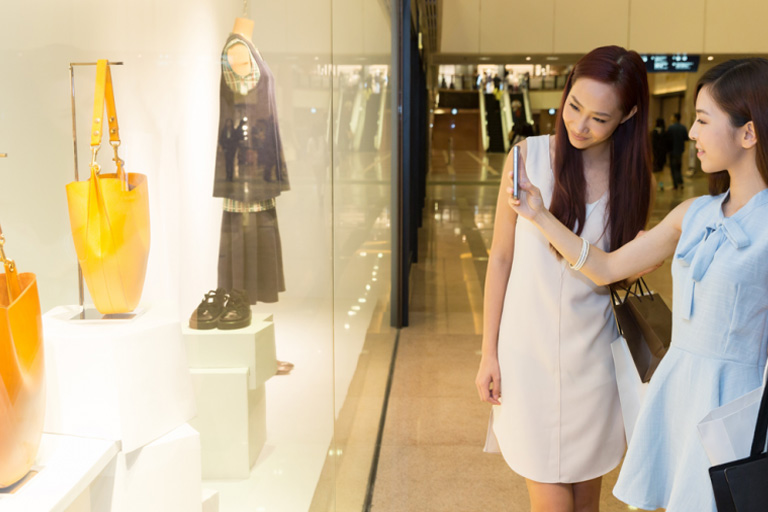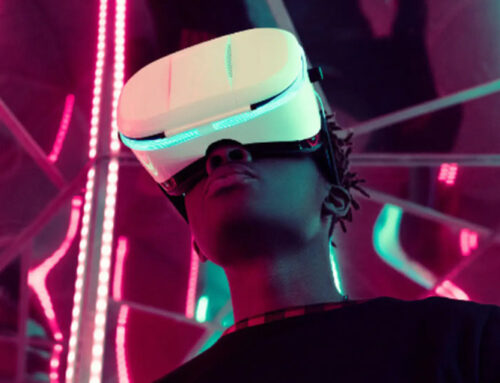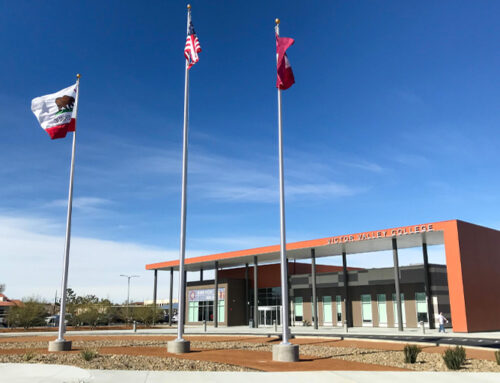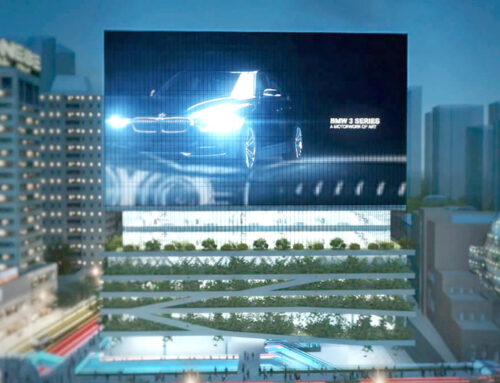For years now, luxury brands have been digitally transforming, working to more effectively utilize all of their sales channels, generate better revenue-driving online experiences for their customers, and keep pace with consumer expectations. Luxury shoppers are digitally connected, increasingly using computers and mobile devices to research products, make purchases, and engage with brands. These consumers demand the best possible shopping experiences, as well as convenience, easy transactions, and great customer service. Fulfilling those expectations is extremely important in an industry that commands the highest price points for their products.
KEY CHALLENGES FACING LUXURY BRANDS
PRESERVING THE FLAGSHIP
Luxury brands must ensure that they are maintaining their digital flagship stores as they expand their digital presence.
THE LUXURY CUSTOMER BASE IS ADAPTING
Luxury consumers want convenience and top-of-the-line shopping experiences; they have embraced eCommerce and adapted to digital technologies, especially mobile.
INTEGRATION OF DIGITAL AND PHYSICAL
Although online sales account for less than 5% of the $270 billion in revenue luxury retailers take in annually, global eCommerce in luxury is growing at a rate of 30% a year.
DIGITAL KNOWLEDGE SHARING IS ESSENTIAL
Knowing exactly how to measure and respond to rapidly changing shopping behaviors will help marketing teams deliver on digital.
CONTENT IS COMMERCE
A brand site is crucial to the “research online, purchase offline” (ROPO) trend that has become essential to customer experiences.
BRIDGING THE GAP BETWEEN DIGITAL AND PHYSICAL
There is a growing preference for online shopping, but it has not completely displaced the role of the bricks-and-mortar store. Instead, retailers should be thinking of ways to bring aspects of the digital experience in-store to more fully cater to consumer expectations. The number one priority should be connecting all communications between channels, so that the consumer experience is unified. Luxury brands need to define a digital strategy consistent with their strategy in physical stores. They should offer the same features across both physical and digital channels, thereby reducing the experience gap between channels. Luxury brands must think of the digital customer experience as part of the overall customer experience.
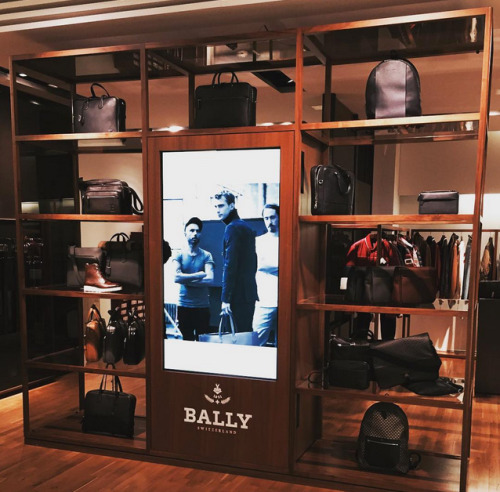
IMPLEMENTING SEAMLESS IN-STORE LOGISTICS, PUSHED BY DIGITAL DEMAND
Digital has a place in the in-store environment, as it provides a more seamless, personalized experience. This can be transformational in many ways: unifying digital and in-store experiences can have major logistical repercussions, including inventory management. Consumers are becoming less accepting of out-of-stock items, since they are accustomed to the online space, where this information is clear from the start of the shopping journey. This falls in line with recent research from IBM, which found that 60% of consumers consider whether a retailer offers bricks-and-mortar inventory search to be a deciding factor when choosing where to shop. A growing percentage of shoppers also consider a sales associate’s ability to solve an inventory issue via mobile device to be a differentiating factor. Beyond using mobile as a training tool for product knowledge, retailers should think of using digital to help associates to actively respond to inventory issues and provide personalized messaging while the consumer is in front of them.
MULTI-TOUCH TABLES AND TOUCHSCREEN VERTICAL DISPLAYS CONNECT THE DIGITAL WITH THE PHYSICAL
We are able to integrate software, hardware, and furniture to create a seamless, complete product. We develop intuitive software applications that allow customers to browse and filter inventory, both in-store and out-of-store. Customers can add items to a favorites wish list, which can be emailed with live product links to reference for immediate purchase or for later review. The software can also support a recommendation engine based on search results. For store associates, the table provides them with up-to-the-minute inventory beyond what is available in-store, including what is coming soon. The touch tables can be used as a tool to share with shoppers the latest trends. The interactive retail touch table can also conduct transactions, functioning as an additional point of sale in the store that blends in-store shopping with the online experience.
Interactive Design Cafe is dedicated to creating new and exciting multi-touch technology that serve a wide variety of commercial markets. By combining both advanced software with high performance multi-touch hardware, our solutions provide the most engaging user experience for your brand.

